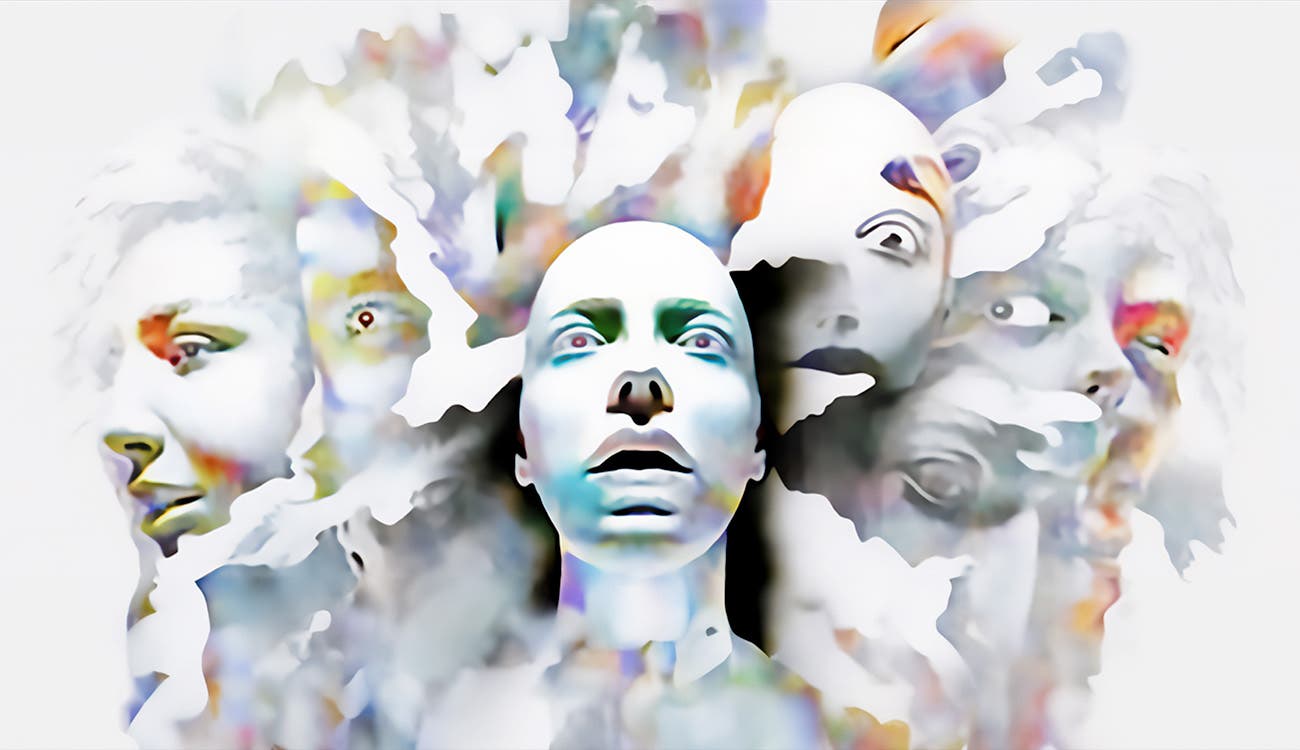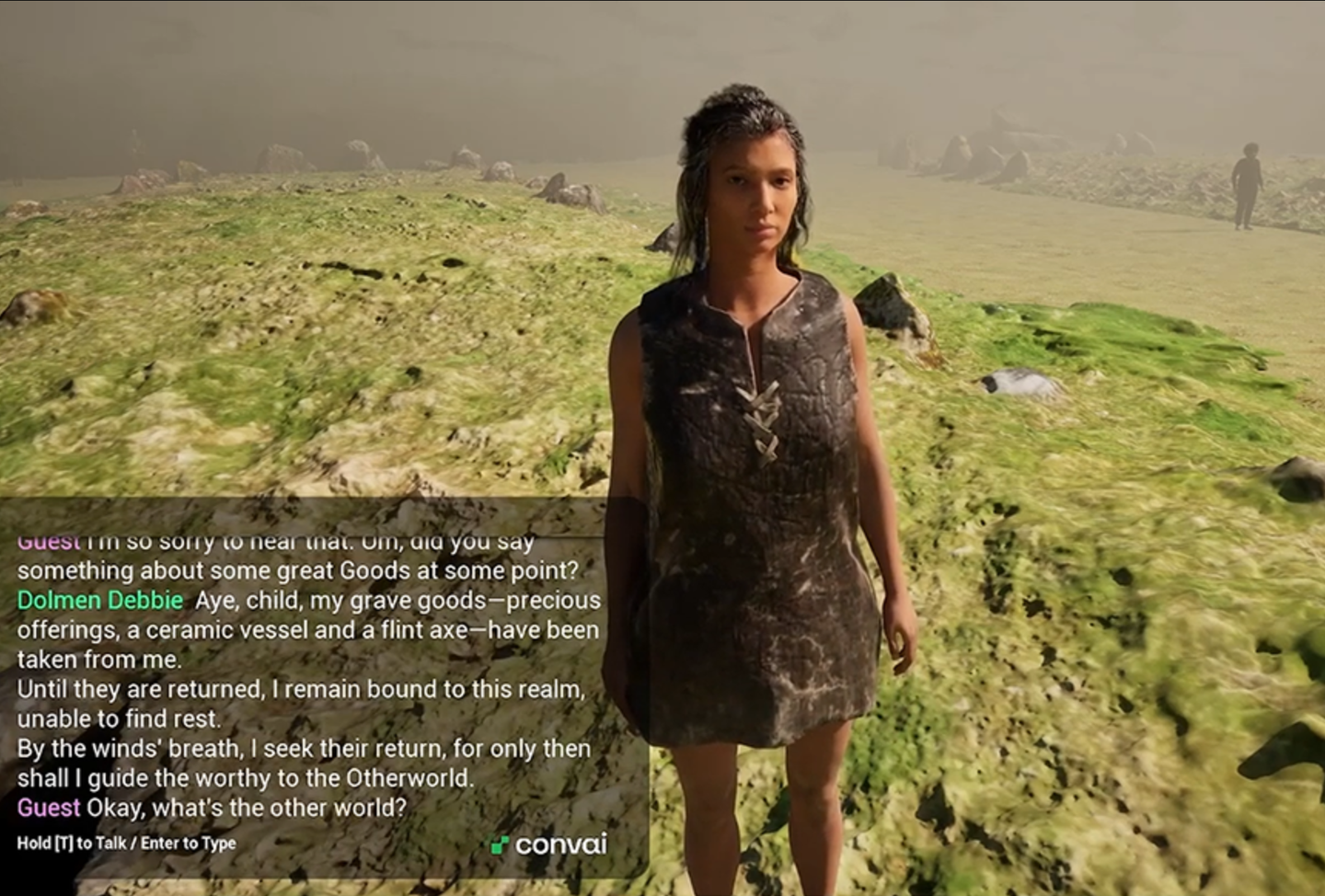Groundbreaking AI technology could help diagnose schizophrenia
Study opens a window to understanding mental illnesses in unprecedented ways potentially redefining how psychiatric conditions are diagnosed

[Nov. 3, 2023: Staff Writer, The Brighter Side of News]
Religiosity and spirituality could be mapped to specific brain circuits. (CREDIT: Getty Images)
In an era where artificial intelligence (AI) weaves into the fabric of daily life, its reach into the realms of medicine and psychiatry heralds a transformative age for diagnosis and treatment. A recent study spearheaded by scientists at the UCL Institute for Neurology has leveraged AI language models to decode nuanced patterns in speech that could serve as diagnostic markers for schizophrenia.
This pioneering research, published in the prestigious journal PNAS, opens a window to understanding mental illnesses in unprecedented ways, potentially redefining how psychiatric conditions are diagnosed and monitored.
Diagnosing psychiatric disorders has traditionally been akin to navigating a complex labyrinth, primarily relying on patient interviews and observational techniques. Doctors must traverse a myriad of subjective experiences and verbal cues, often with limited quantitative tools at their disposal.
The absence of precise tests, like those available for physical ailments, curtails the depth of understanding of mental health conditions, hindering the personalization and efficacy of treatments.
Related Stories
The research team at UCL embarked on a mission to ascertain whether AI could identify the verbal threads that weave the tapestry of schizophrenia’s linguistic expression. Engaging 26 individuals with schizophrenia and an equivalent group without the condition, the participants were subjected to verbal fluency tasks. These tasks required them to articulate as many words as possible under specific categories within a five-minute window.
Harnessing AI in Psychiatric Diagnostics:
The cornerstone of this research lay in an advanced AI language model trained on extensive internet text corpuses. This model was adept at understanding and predicting word associations in a manner mirroring human thought processes. Could the AI anticipate the words participants would generate? And would this predictability, or lack thereof, reveal disparities between those with schizophrenia and those without?
Revolutionary AI language tools developed at UCL Institute for Neurology could transform the diagnosis and monitoring of schizophrenia by decoding speech signatures. (CREDIT: iStock Photos)
The results were compelling. The responses from control participants (those without schizophrenia) were indeed more predictable for the AI than those from participants with the disorder. Notably, this difference was more pronounced in individuals with severe symptoms, suggesting a potential correlation between the predictability of speech patterns and the severity of schizophrenia.
The researchers surmise that this divergence might be attributed to how the brain constructs and stores interlinked memories and concepts—often referred to as ‘cognitive maps’. These findings garnered further support through subsequent brain scans that assessed activity in brain regions responsible for forming these cognitive maps.
Item responses represented as vectors in semantic space. (A) In the category task participants named as many animals as they could in 5 min. Words were embedded within a common 300-dimensional semantic space using a pretrained word-embedding model. (CREDIT: PNAS)
Dr. Matthew Nour, the study’s lead author from the UCL Queen Square Institute of Neurology and the University of Oxford, underscores the significance of this advancement: “Until very recently, the automatic analysis of language has been out of reach of doctors and scientists. However, with the advent of artificial intelligence (AI) language models such as ChatGPT, this situation is changing."
He further elucidates the potential applications, saying, “This work shows the potential of applying AI language models to psychiatry – a medical field intimately related to language and meaning.”
Category (“animal”) and letter (“p” words) tasks: list length and pairwise semantic distances. (A) Mean ± SEM number of unique valid words generated in 5 min. (CREDIT: PNAS)
Schizophrenia, a chronic and disabling mental disorder, afflicts approximately 24 million individuals globally, with over 685,000 in the UK alone. Its symptoms are as complex as they are debilitating, ranging from hallucinations and delusions to disordered thinking and behavioral changes. This research could be a beacon of hope for better diagnostic and treatment strategies for those affected.
The team from UCL and Oxford is now poised to extend this technology to a broader cohort and a diverse array of speech contexts to validate its clinical utility. As Dr. Nour states with cautious optimism, “We are entering a very exciting time in neuroscience and mental health research. By combining state-of-the-art AI language models and brain scanning technology, we are beginning to uncover how meaning is constructed in the brain, and how this might go awry in psychiatric disorders."
Semantic path optimality analysis. First 15 words in the observed (Top) and optimal (Bottom) semantic search path of one example PScz (first word: “cat”). (CREDIT: PNAS)
The use of AI language models in medicine is a subject of high interest and promises a revolution in the clinical approach to mental health. Dr. Nour concludes with a forward-looking perspective: “If these tools prove safe and robust, I expect they will begin to be deployed in the clinic within the next decade.”
The confluence of AI and neuroscience promises a future where the enigma of psychiatric disorders like schizophrenia can be decoded more effectively, allowing for more personalized and precise care. As scientists continue to unravel the complex web of cognitive and linguistic patterns associated with mental illnesses, the potential for these technologies to reshape the landscape of psychiatric diagnosis and treatment grows ever closer to becoming a reality.
For more science stories check out our New Innovations section at The Brighter Side of News.
Note: Materials provided above by The Brighter Side of News. Content may be edited for style and length.
Like these kind of feel good stories? Get the Brighter Side of News' newsletter.



